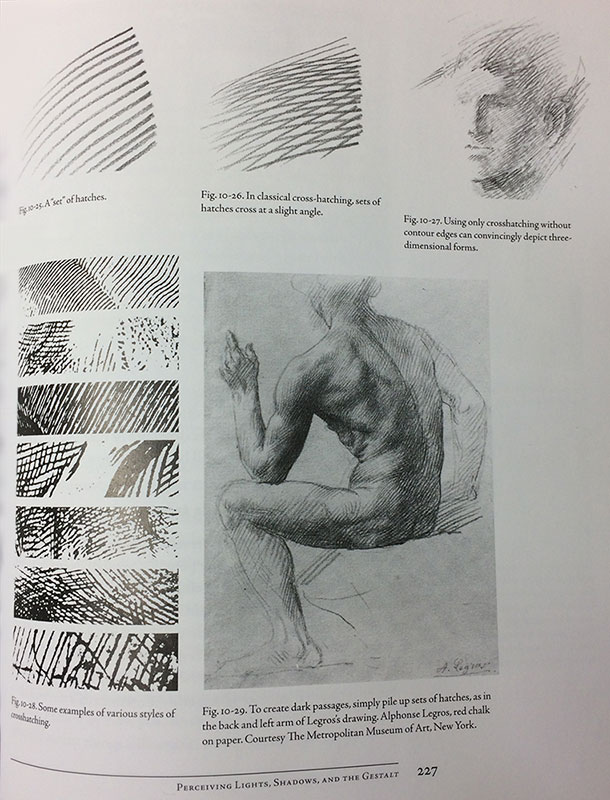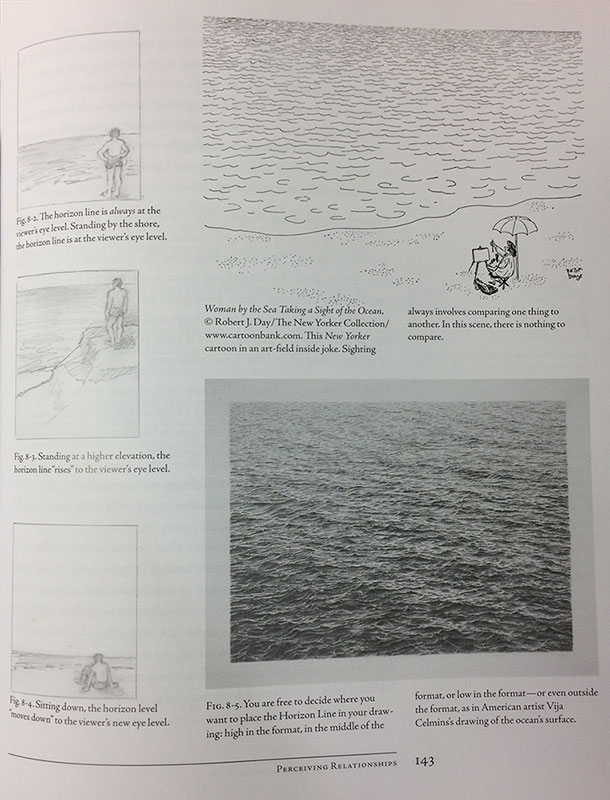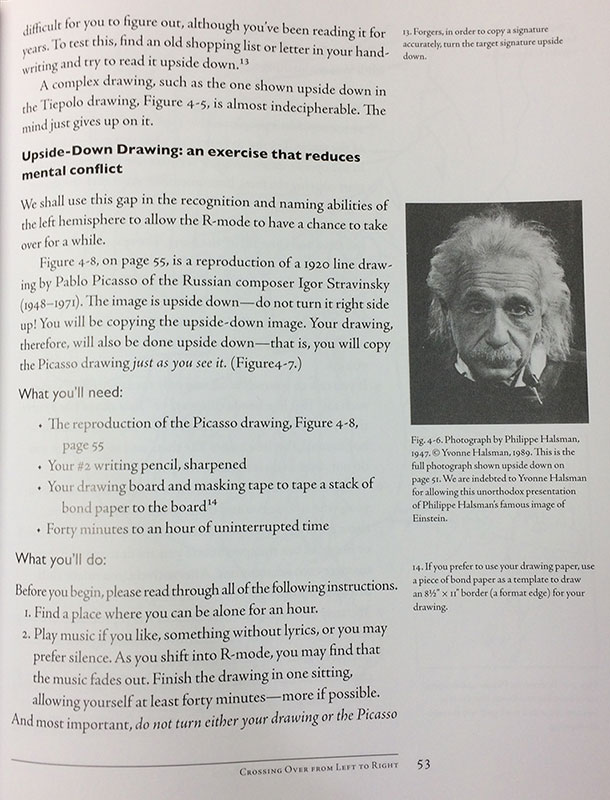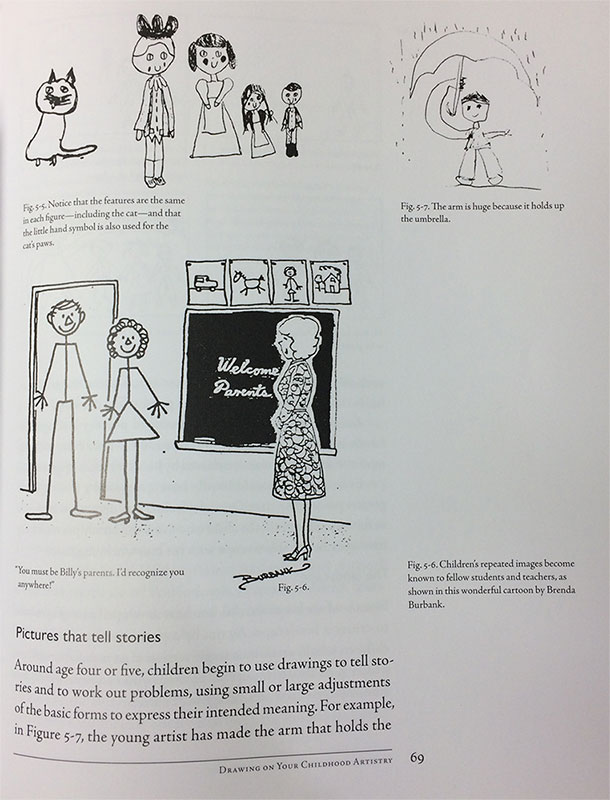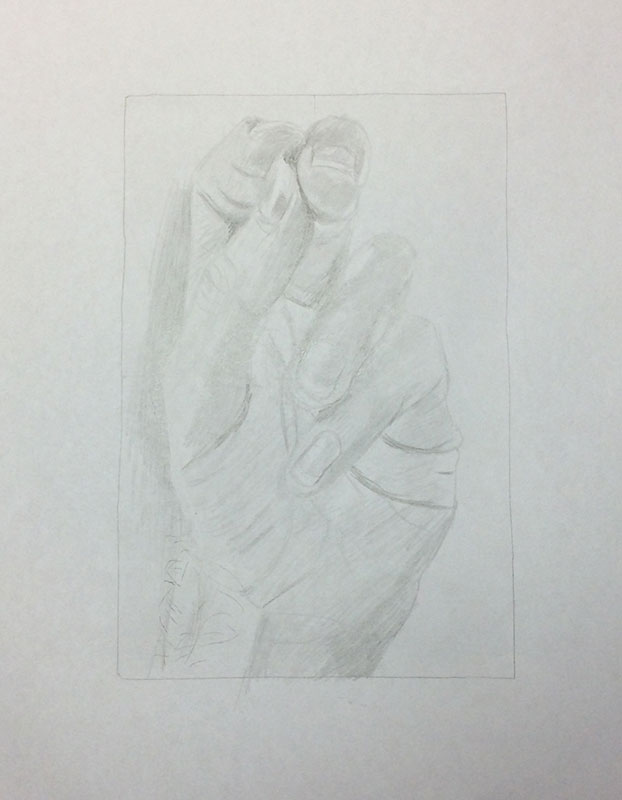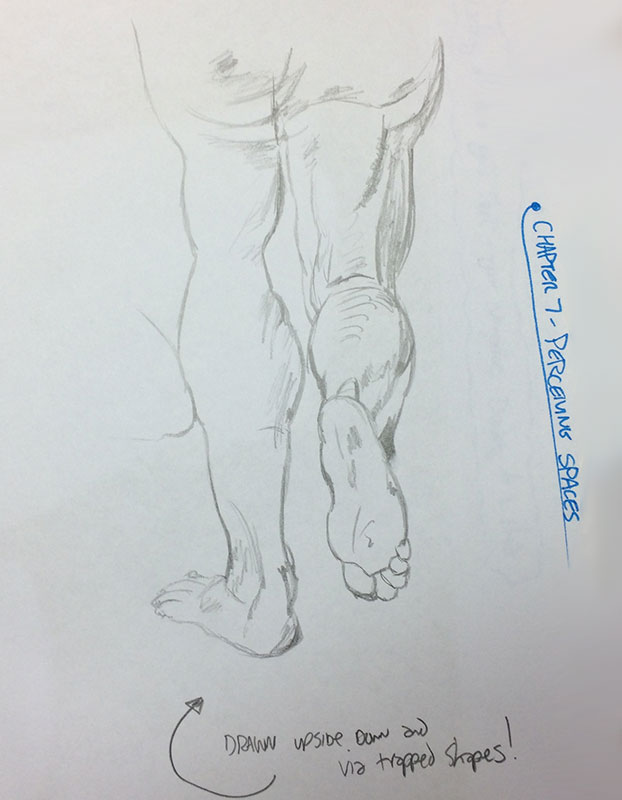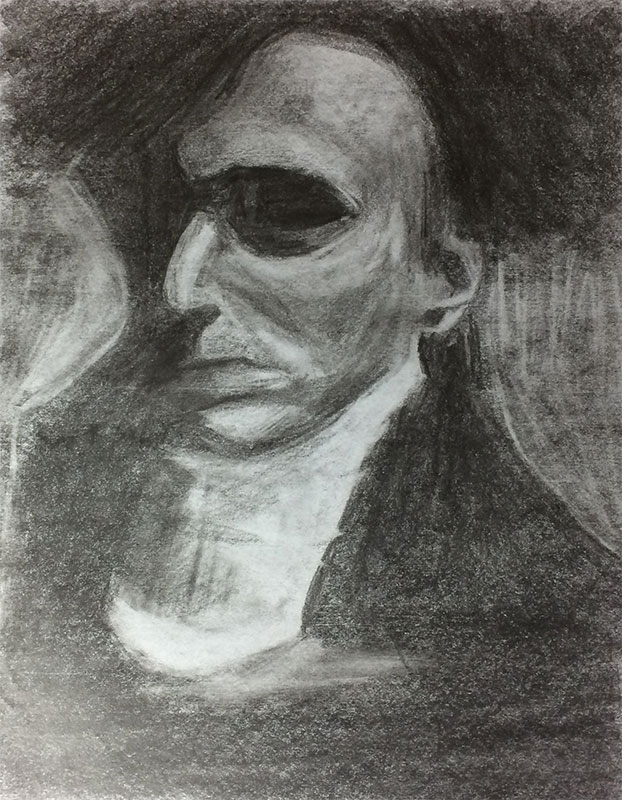DRAWING ON THE RIGHT SIDE OF THE BRAIN by BETTY EDWARDS • ART BOOK
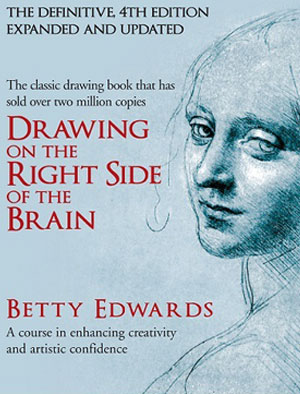
“This one really got me thinking!”
TITLE | DRAWING ON THE RIGHT SIDE OF THE BRAIN
AUTHOR | Betty Edwards
PRICE | £16.99
SYNOPSIS | “Drawing on the Right Side of the Brain is the worlds most widely used drawing instruction book. Whether you are a professional, a student or enjoy art as a hobby, Betty Edwards practical set-by-step guide to drawing will give you greater confidence in your ability, deepen your artistic perception and provide a new way to appreciate the way you perceive the world around you; a shift to the right side of the brain that utilises its more intuitive and artistic aspects of thinking.”
WHOSE THE BOOK AIMED AT?
This book is aimed mostly at someone just starting out, who has never really drawn before. However, I still feel it’s worth every Artist reading; no matter their skill level. If not to see more like an Artist, then just to read about how the brain works when viewing the world. I don’t think many books will cover this topic in as much detail; it’s very interesting and thought provoking.
The book has ended up making me better understand some things I’d already learnt, but obviously not fully grasped at the time, such as negative spaces. These are the spaces or shapes that appear around and between objects, like the space between your fingers if you open up your hand. So I had already heard about them, but I never really understood their importance. Since reading this book, these spaces now pop out at me. It’s pretty cool actually, I look at something, such as a person walking down the street, and I see the space between their legs or arms as a shape, almost as if the shape is now waving at me saying, “Hello Sophie” lol
I can’t explain how exciting it felt when I realised this was happening, and the whole book will do this to you. It’s not so much about learning how to draw, but how to see, and once you learn how to see like an Artist, you’ll start to draw better and realise before, you wasn’t really seeing at all :)
LIST OF CHAPTERS
- Drawing and the Art of Bicycle Riding#
- First Steps in Drawing
- Your Brain, the Right and Left of it
- Crossing Over from Left to Right
- Drawing on Your Childhood Artistry
- Perceiving Edges
- Perceiving Spaces
- Perceiving Relationships
- Drawing a Profile Portrait
- Perceiving Lights, Shadows and the Gestalt
- Using Your New Perceptional Skills for Creative Problem Solving
- Drawing on the Artist in You
FAVOURITE CHAPTER
Chapter 5 – Drawing on Your Childhood Artistry, has you analysing children’s drawings, while Betty explains what is going on in the mind of a child at certain ages, detailing why and how the drawings of children change over time. The chapter even has an exercise where you try to recreate the doodles you used to draw as a children. I loved this exercise. I got to draw a little character I had forgotten about and hadn’t drawn, or seen, for over 15 years. It was quite emotional seeing him again, like seeing an old friend :)
EXAMPLE PAGES
The following photos show pages from the book, to give you a feel for how the book is set out.
FAVOURITE EXERCISE
There are various exercises throughout the book, such as: drawing yourself in the mirror, drawing upside down (that’s the drawing, not you being upside down lol) and pure contour drawing. I found the pure contour drawing exercise, called blind contour drawing in Bert Dodson’s book, to be very important. It basically has you drawing something complex, such as the lines on the palm of your hand, a feather, or a scrunched up piece of paper. Once you have something complex, you stare at it for 5 minutes taking in all the details, drawing without taking your eyes off the object, or your pencil off the paper, until the time is up.
Having spent months doing this exercise daily since, I’m starting to draw a lot more accurately when looking at the subject itself, instead of the paper. I won’t lie, sometimes this exercise can be tedious, but when you see and feel the results … you know it’s worth it. It’s only 5 minutes, and once you start, the time zooms by; sometimes you even end up wanting to keep going, which is a bit ironic lol
EXAMPLE DRAWINGS
The following photos show some of my drawings, from the books various exercises.
CONCLUSION
It’s quite beautiful how this book changes the way you see the world around you. Things start to pop out at you that have always existed, you just never knew to look for them before. Each topic is covered in a way that I found fun and interesting, but also, easy to understand how it works, and why it’s important.
I studied from this book having been drawing for just over a year, and the book helped me see better, especially edges and negative spaces. I’ve since gone on to really feel the benefit of this in my Gesture Drawing and Life Drawing in particular. My only complaint with the book was related to a device Betty has you create, called a Plastic Picture Plane. It teaches you how to flatten the world in front of you into a 2D shape, thus making things easier to draw. It did help me convert 3D objects into 2D shapes, but I often found it frustrating and distracting at times.
Other than that one small gripe, Drawing on the Right Side of the Brain made me realise you can’t take in everything when learning something for the first time. Some of the information you’re just not ready to understand yet. I’ve heard other people say this on podcasts, but I experienced it first hand with this book. A really fun, thought provoking read, which has resulted in me seeing better as an Artist. Highly recommended!
AS EACH NEW SKILL IS LEARNED, YOU WILL MERGE IT WITH THOSE PREVIOUSLY LEARNED UNTIL, ONE DAY, YOU ARE SIMPLY DRAWING – JUST AS, ONE DAY, YOU FOUND YOURSELF SIMPLY DRIVING WITHOUT THINKING ABOUT HOW TO DO IT
– Betty Edwards

